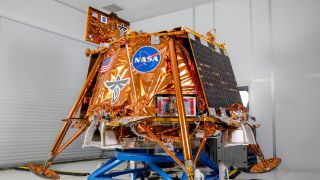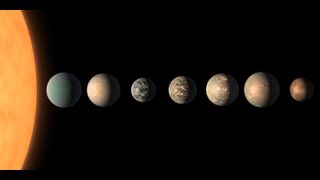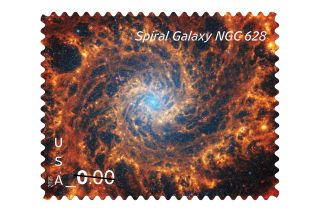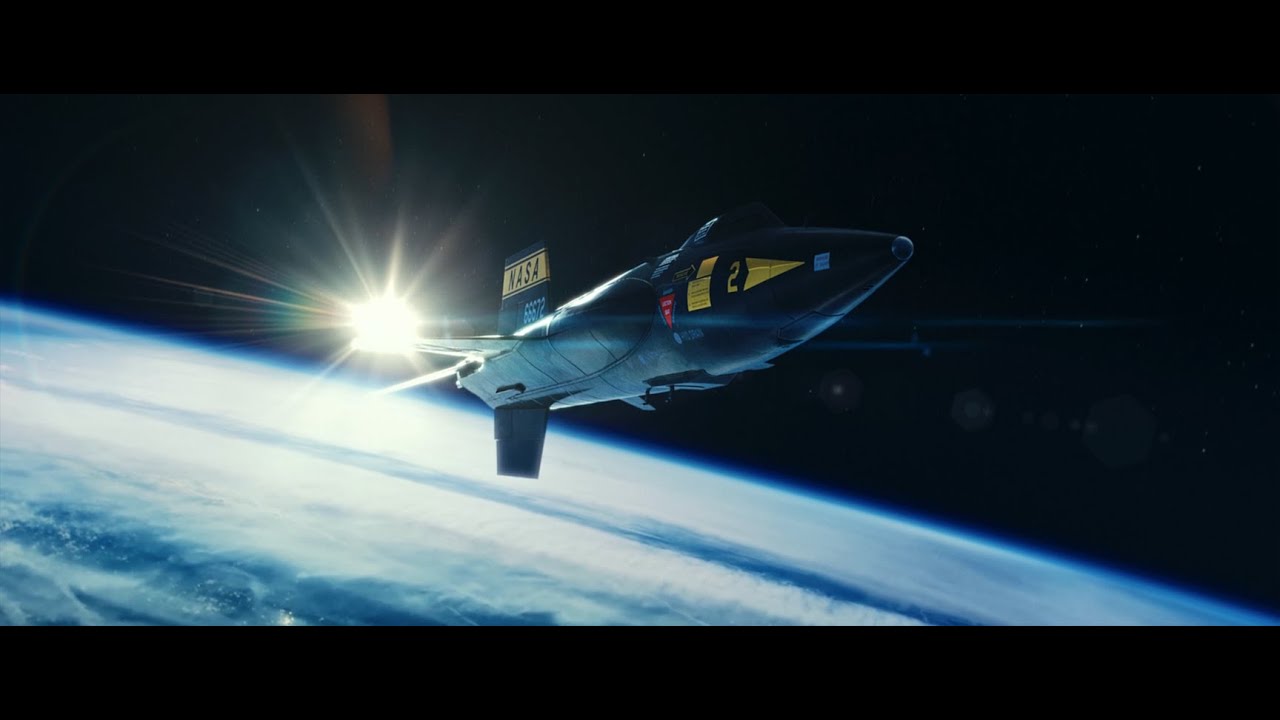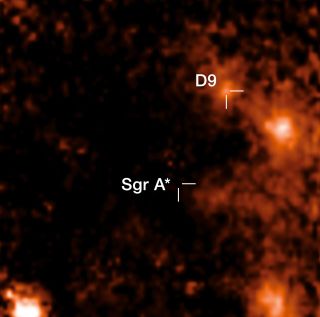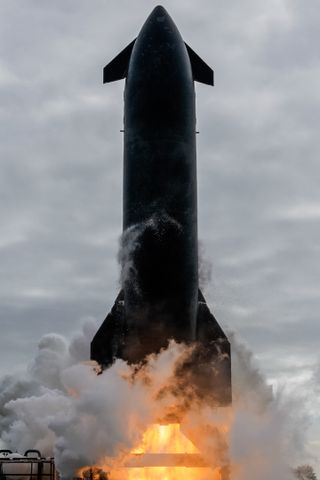BepiColombo just imaged Mercury in a whole new light — mid-infrared light, to be precise. On the spacecraft’s fifth flyby of Mercury earlier this month (out of a planned six flybys) BepiColombo pointed its Mercury Radiometer and Thermal Infrared Spectrometer (MERTIS) at a swath of Mercury’s northern hemisphere. Mid-infrared light is invisible to human eyes, but it carries a wealth of information about the mineral makeup and temperature of very hot rocks like those on Mercury’s sun-baked surface. The Dec. 1 flyby marked the first time scientists have ever seen…
Read MoreCategory: Solar System
Our solar system
SpaceX will launch Firefly Aerospace’s Blue Ghost lander to the moon in mid-January with these 10 NASA payloads
Firefly Aerospace’s first mission to the moon is nearly ready to fly. The company’s Blue Ghost lunar lander arrived at NASA’s Kennedy Space Center (KSC) in Florida on Monday (Dec. 16) for integration with the SpaceX Falcon 9 rocket that will launch the robotic probe — as well as the private Japanese moon lander Resilience — to space. Blue Ghost Mission 1, named Ghost Riders in the Sky, is scheduled to launch sometime within a six-day window that begins no earlier than mid-January. Firefly was chosen for the mission through…
Read MorePotentially habitable planet TRAPPIST-1b may have a carbon dioxide-rich atmosphere
The innermost Earth-like planet in the famous TRAPPIST-1 system might be capable of supporting a thick atmosphere after all, according to new research. Since the system of seven tightly-packed, Earth-sized worlds was discovered in 2017, huddled in remarkable harmony just 40 light-years from Earth, astronomers have tried to determine whether any support atmosphere, which is critical to harbor life as we know it. Previous observations from the James Webb Space Telescope (JWST) have suggested all planets in the system would be barren, airless rocks thanks to violent, atmosphere-stripping radiation unleashed…
Read More‘Exodus’ looks like a next-gen Mass Effect, but you get to fight an armored space bear (trailer)
Despite abundant videos focusing on Exodus‘ alien species and uncharted worlds, it’s been a while since the last time we got a proper look at the game. Fortunately, studio Archetype Entertainment and publisher Wizards of the Coast are ready to start showing off meatier chunks of gameplay, and the new trailer is a must-watch. The official website had also given us plenty of in-universe history and lore to chew on, but we’d been dying to see more of the actual game. After missing last week’s Game Awards ceremony (which was…
Read MoreThe Imperial Probe Droid is one of the best Lego Star Wars sets we have reviewed and you can now pick it up for a low price
While the Imperial Probe Droid may have made only a brief but menacing appearance in The Empire Strikes Back, it is still one of Star Wars’ most iconic droids. It has been impressively recreated in this 683-piece Lego set which is currently on sale at a reduced price. The best price we found ahead of the holidays is at Walmart and given that it regularly retails for around and above $70, and is priced at $70 on Amazon, it’s pretty good value this holiday season. Unfortunately, Walmart says this will…
Read MoreWebb mail: US Priority Mail stamps to again star deep space images in 2025
The universe of United States postage stamps featuring James Webb Space Telescope (JWST) imagery is set to expand again in 2025. The U.S. Postal Service (USPS) on Monday (Dec. 16) revealed that its upcoming Priority Mail and Priority Mail Express flat rate stamps will feature two deep space vistas captured by the Webb observatory. Scheduled for release on Jan. 21, the stamps will be the second set to use JWST photos after the pair issued this year. “USPS celebrates the continued exploration of deep space with an extremely high-definition image…
Read More‘Edge of Space’: Ambitious short film chronicles daring flight of X-15 rocket plane test pilot (video)
EDGE OF SPACE Trailer – YouTube Watch On Getting noticed in Hollywood is a Herculean task for up-and-coming young filmmakers. If you wanted to put a holiday spin on it, you could say they’re often given a snowball’s chance in Hell. Dreams of being recognized are often disappointingly dim, unless you’ve got a hot screenplay or, in the case of writer/director Jean de Meuron, a professional pulse-pounding short film centered around a brave USAF test pilot recruited by NASA for a suborbital mission aboard the X-15 rocket-powered aircraft. Set in…
Read MoreAstronomers discover 1st binary stars orbiting supermassive black hole at the center of the Milky Way
Astronomers have discovered the first binary stars orbiting a supermassive black hole. The stellar pairing in question orbits the cosmic titan at the heart of the Milky Way, Sagittarius A*. The binary stars, designated D9, were found in data collected by the Very Large Telescope (VLT), located atop Cerro Paranal, an 8,645-foot-tall (2,635-meter) mountain in Chile’s Atacama Desert. By measuring their velocity, the team behind the discovery was surprised to find they were two stars, not one. The fact that these binary stars so near Sgr A* have survived the…
Read MoreWatch SpaceX Starship test fire engines ahead of flight 7 launch (video)
Things are getting hot for SpaceX’s next Starship launch. SpaceX fired up its next Starship spacecraft during an engine test over the weekend, ahead of the company’s 7th orbital test flight of the gargantuan megarocket. SpaceX ignited Starship’s Raptor engines for approximately 10 seconds on Sunday, Dec. 15, as a part of a series of checkouts to ensure the vehicle is healthy before being transported to the launchpad where it will be integrated with its first stage Super Heavy booster. Its next launch, Integrated Flight Test-7 (IFT-7), is expected around…
Read MoreSpaceX’s 31st Dragon cargo capsule departs ISS to head home to Earth
SpaceX’s 31st robotic cargo mission is headed back to Earth. SpaceX’s Dragon cargo capsule undocked from the International Space Station (ISS) on schedule today (Dec. 16) at 11:05 a.m. EST (1605 GMT) today (Dec. 16). The spacecraft will begin a series of deorbit burns to complete the company’s 31st commercial resupply services mission (CRS-31) for NASA, splashing down of the coast of Florida tomorrow (Dec. 17). The agency won’t webcast the splashdown but will provide updates via its ISS blog. CRS-31 is returning to Earth with thousands of pounds of…
Read More
